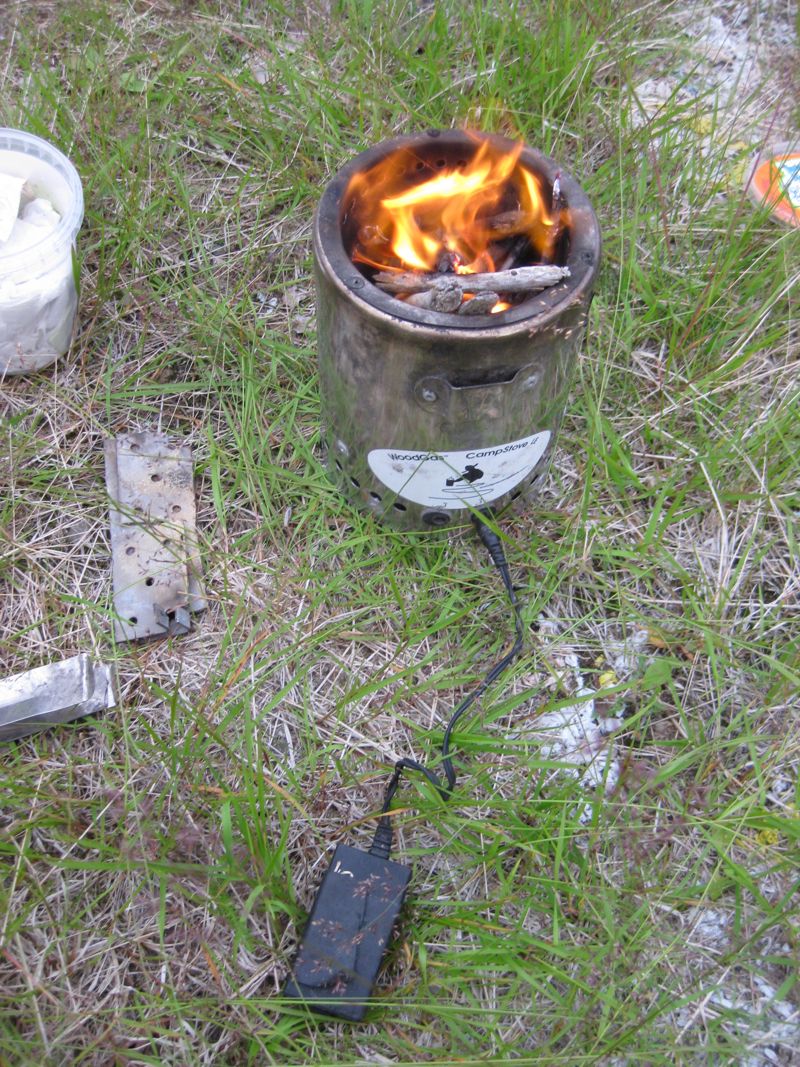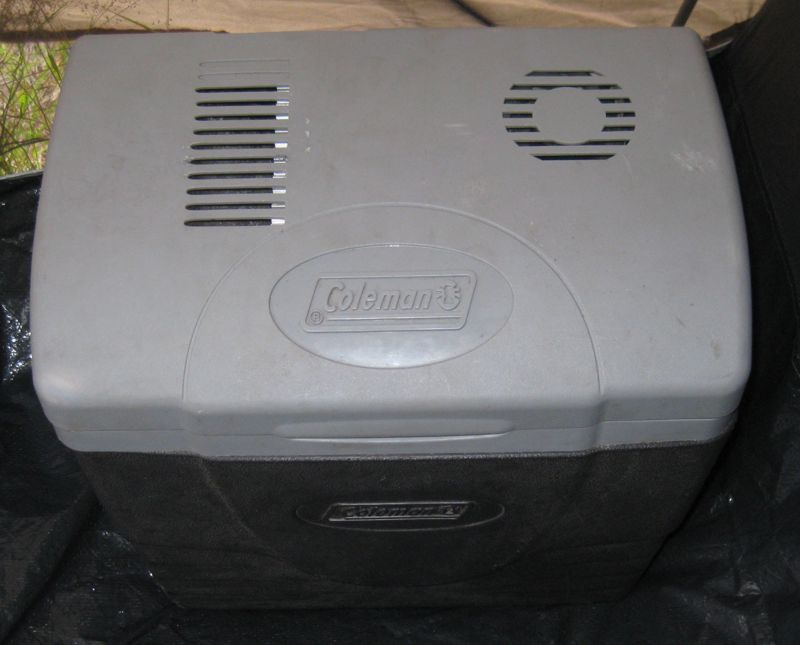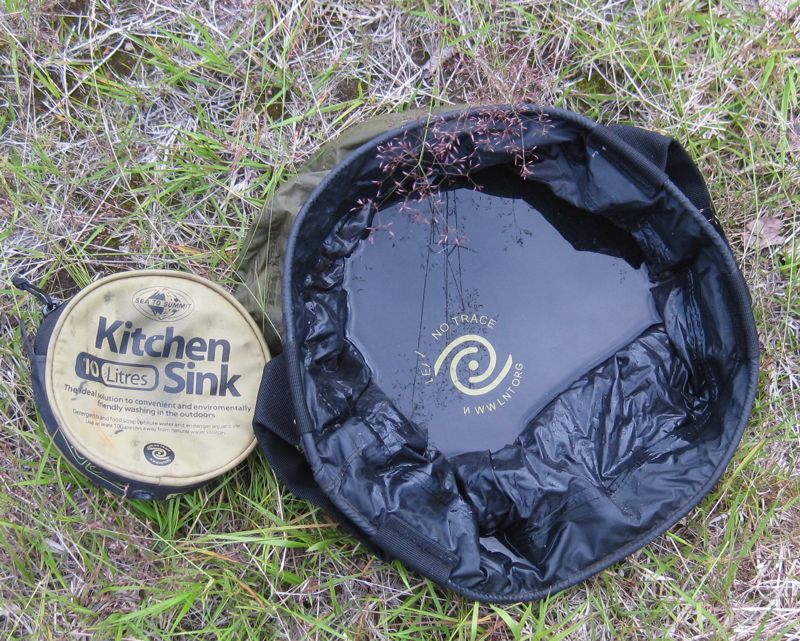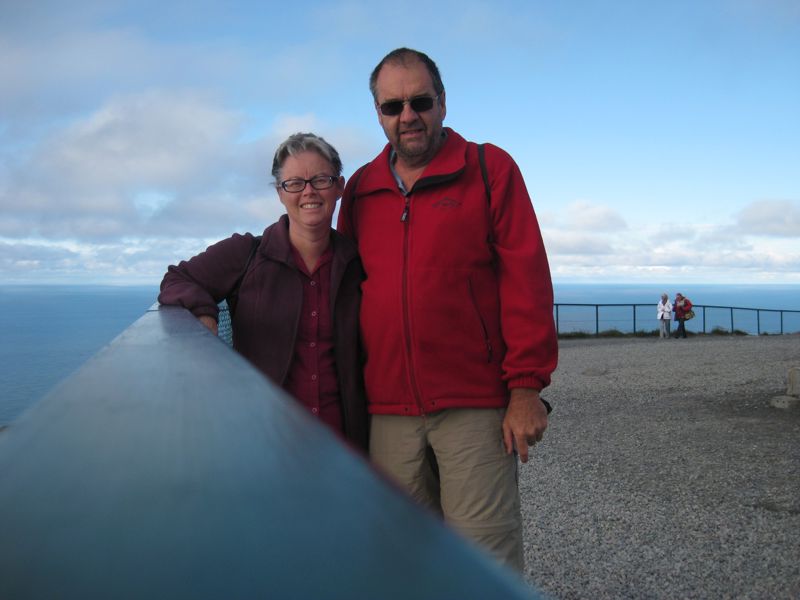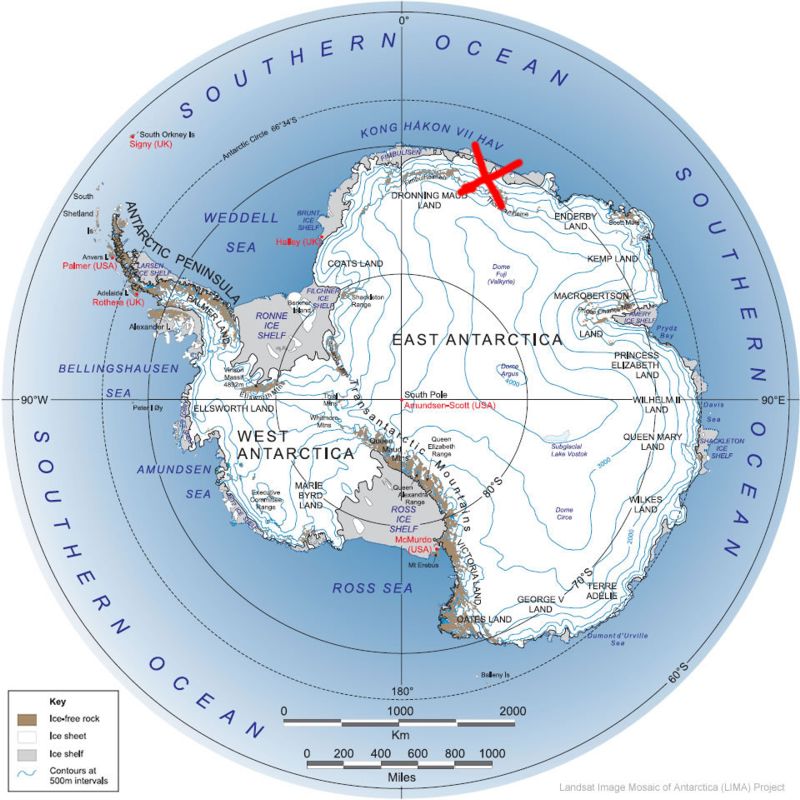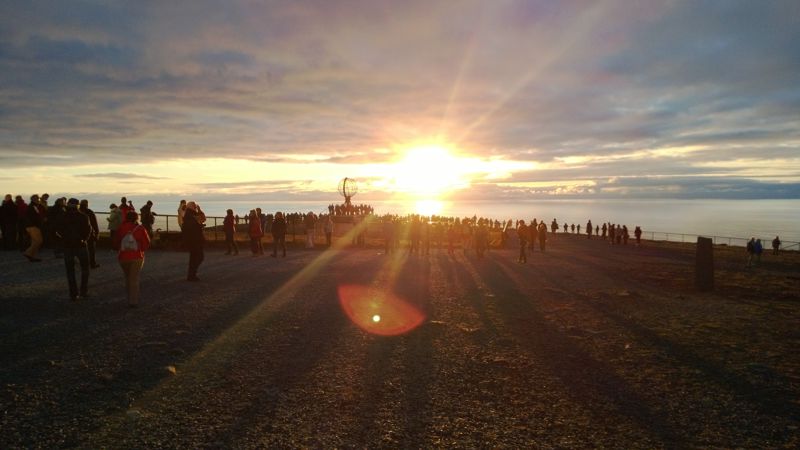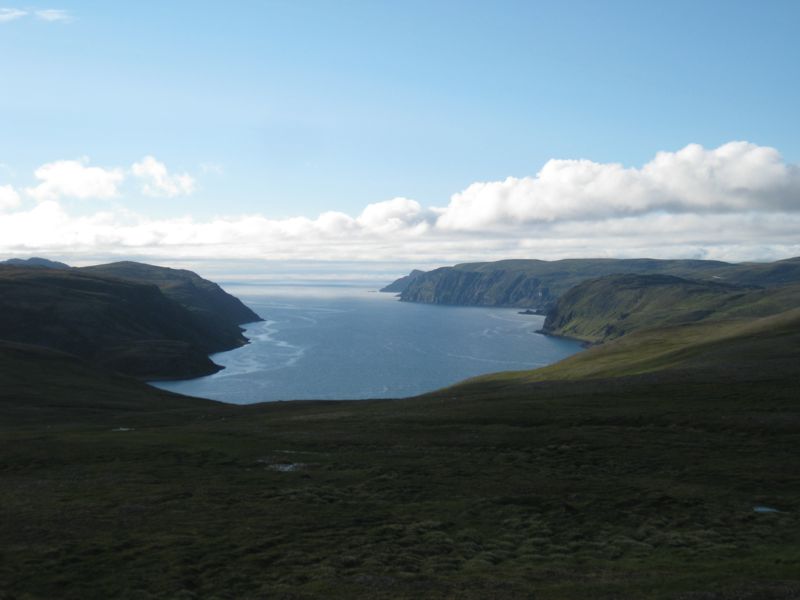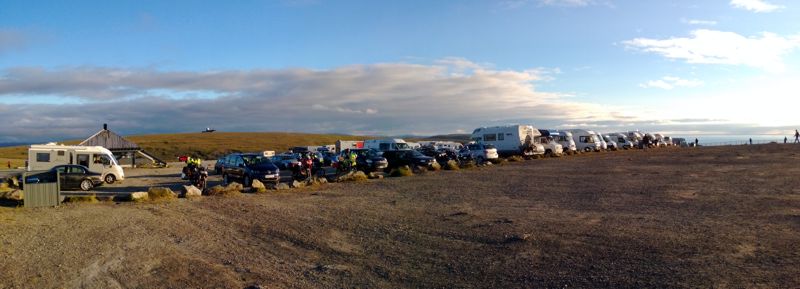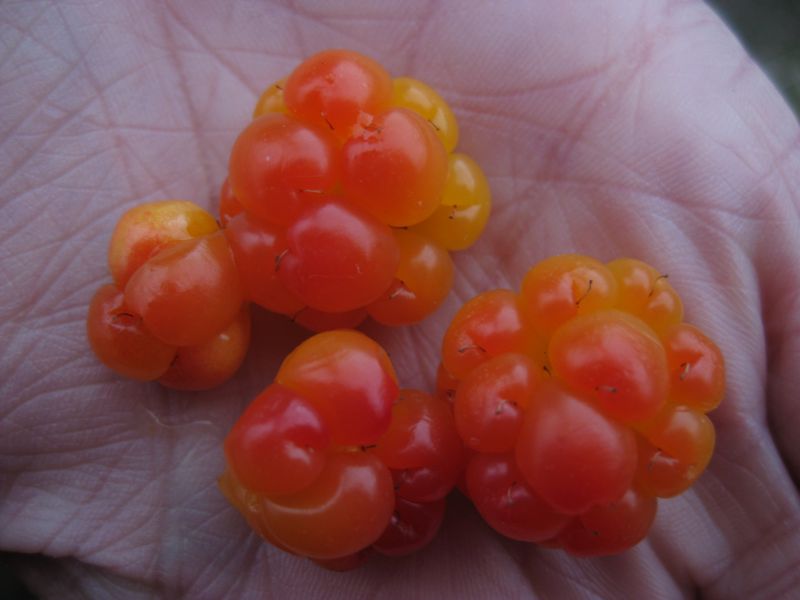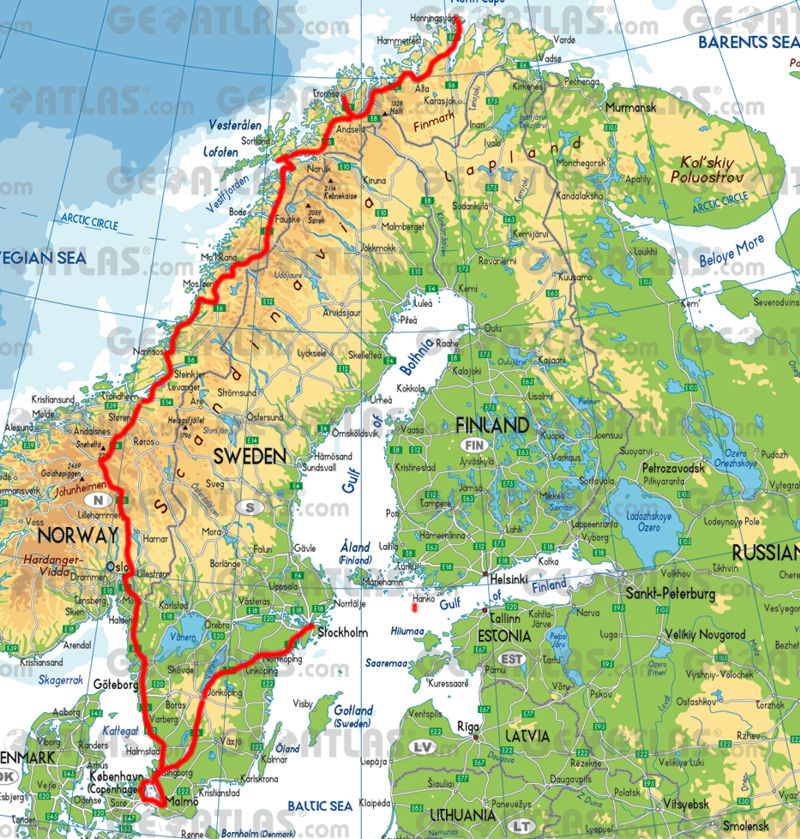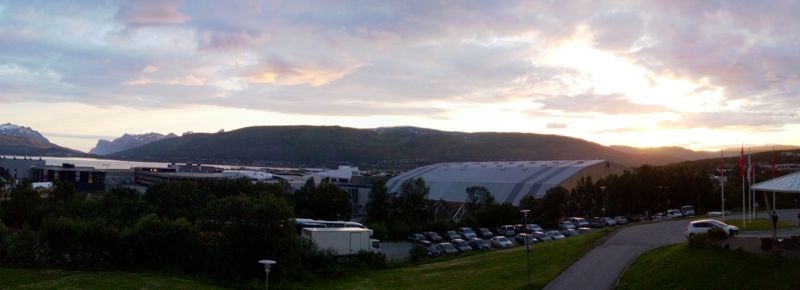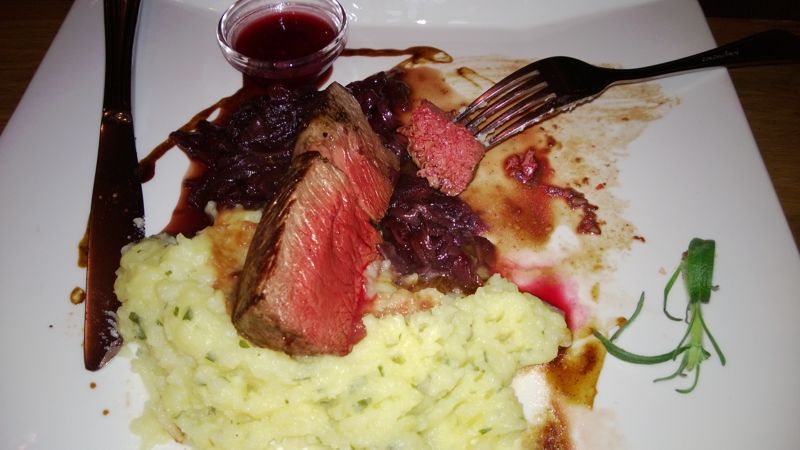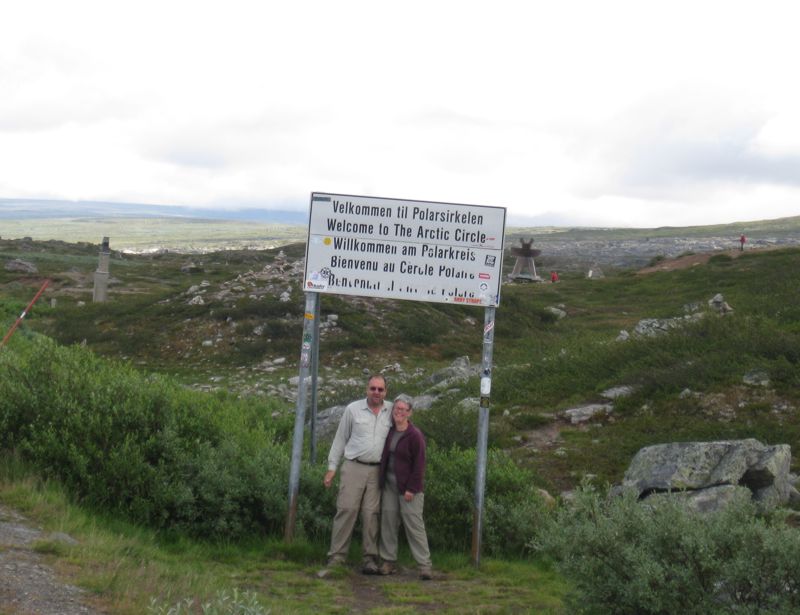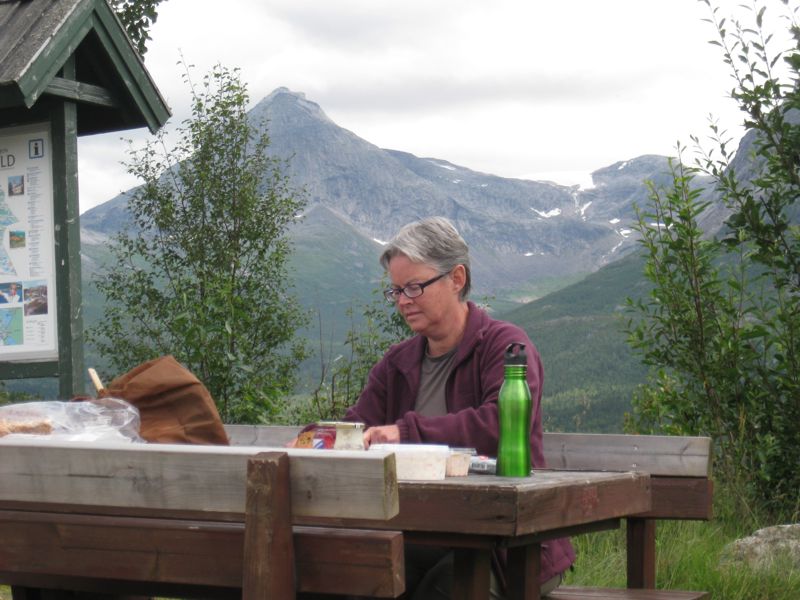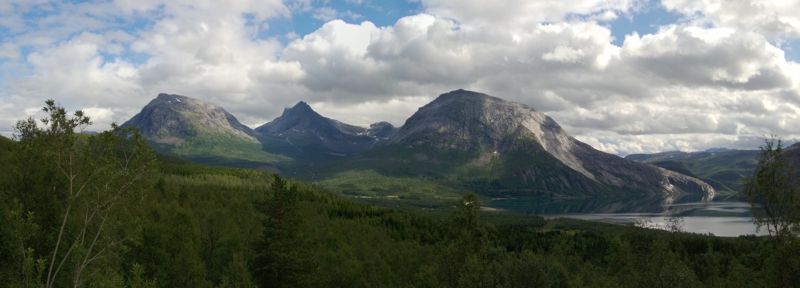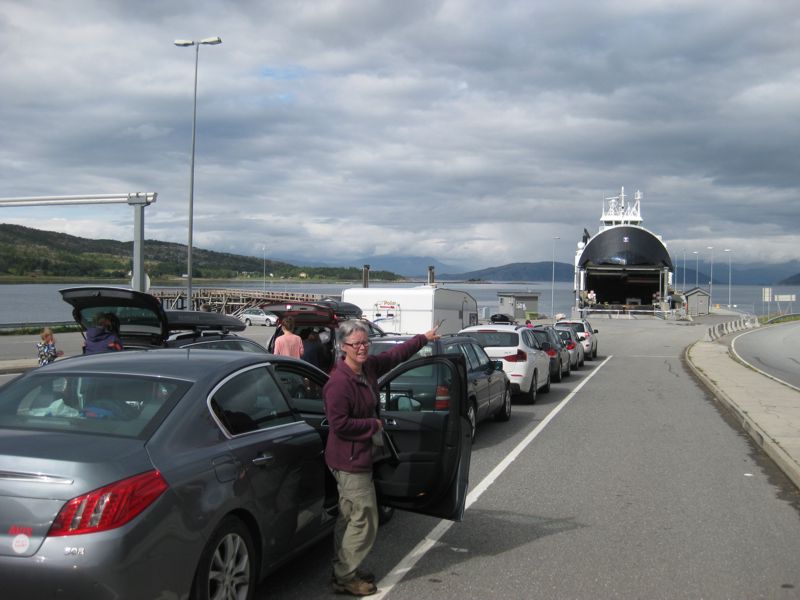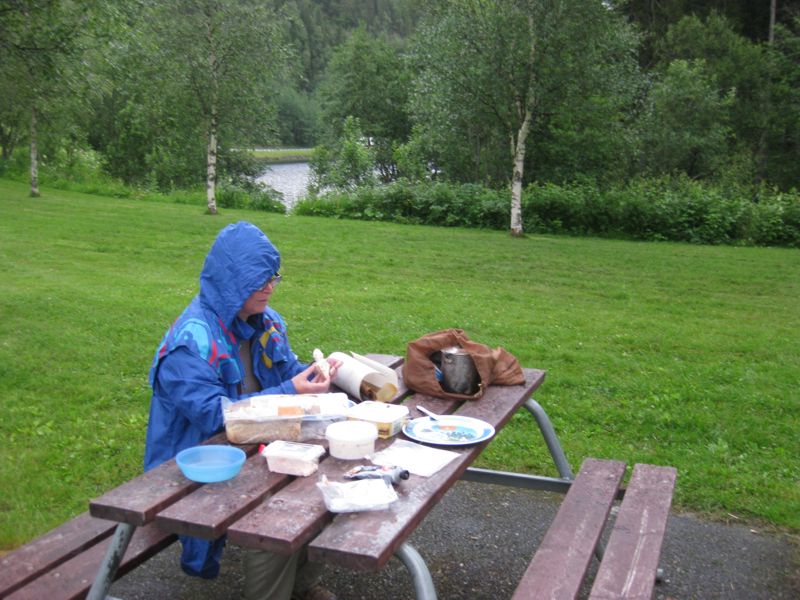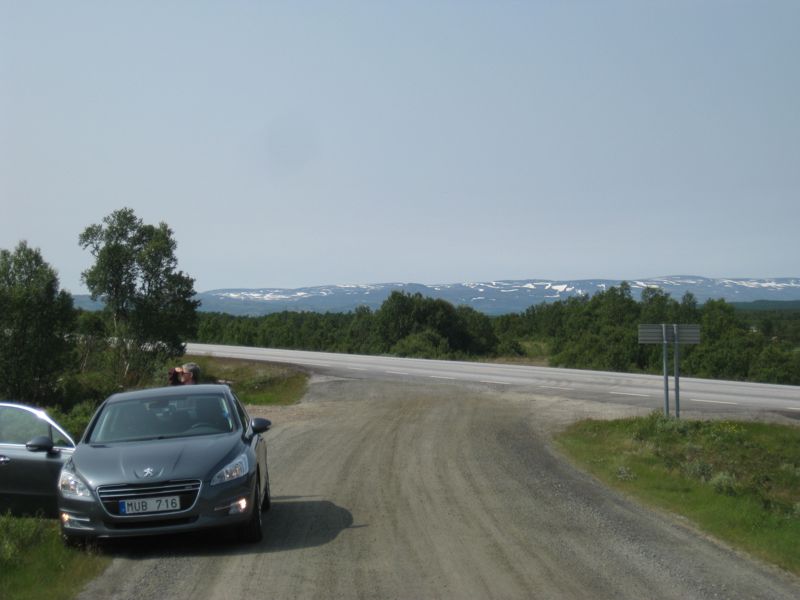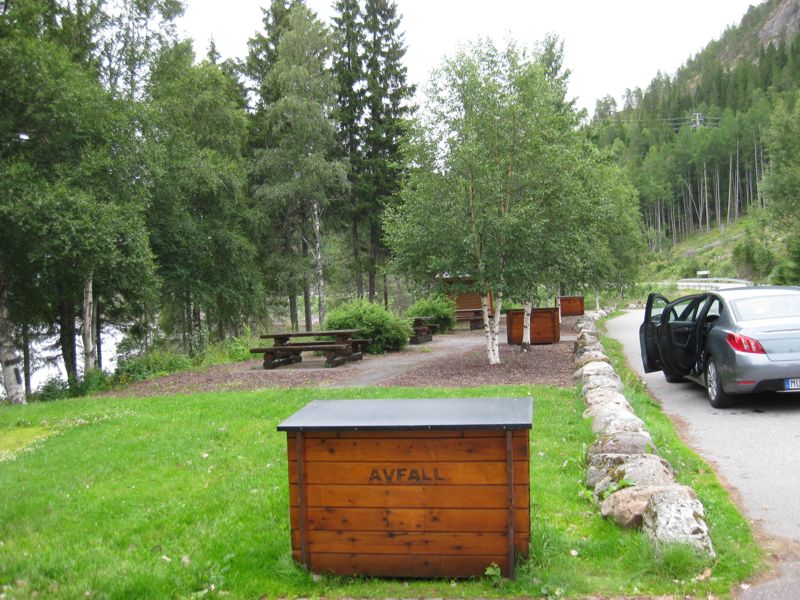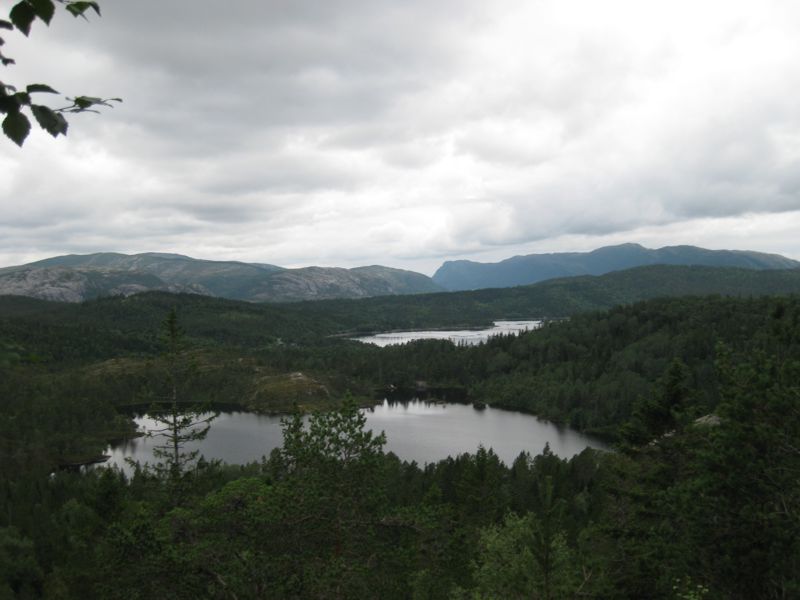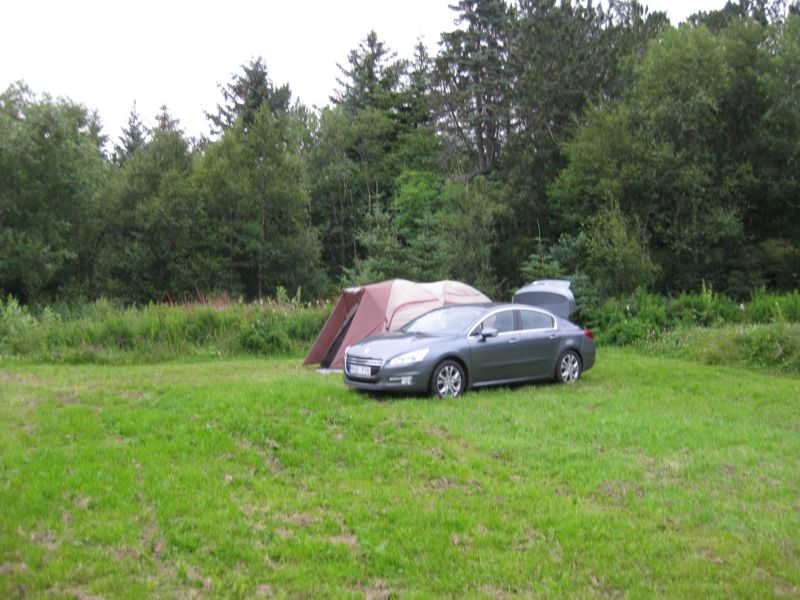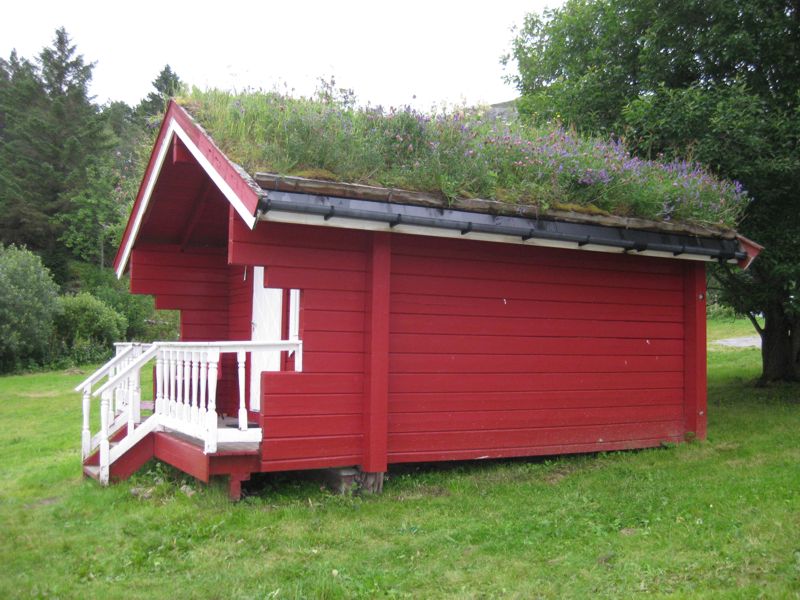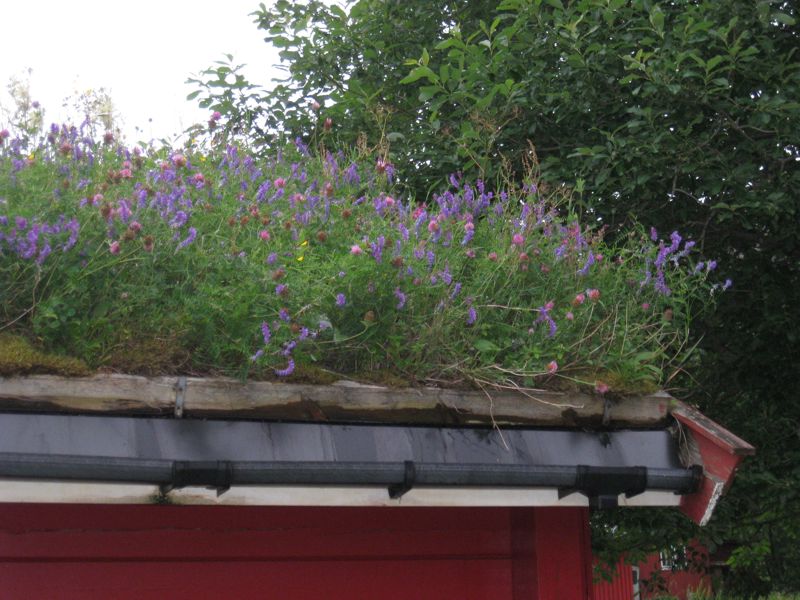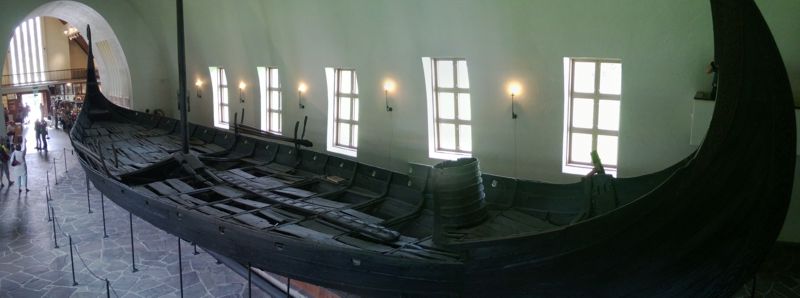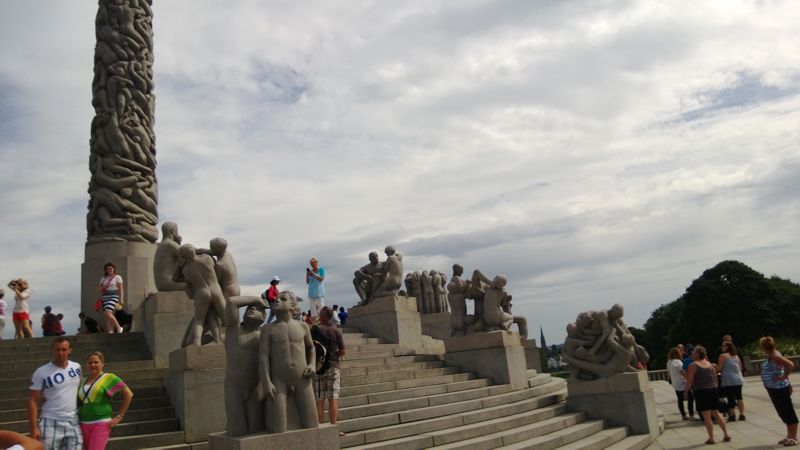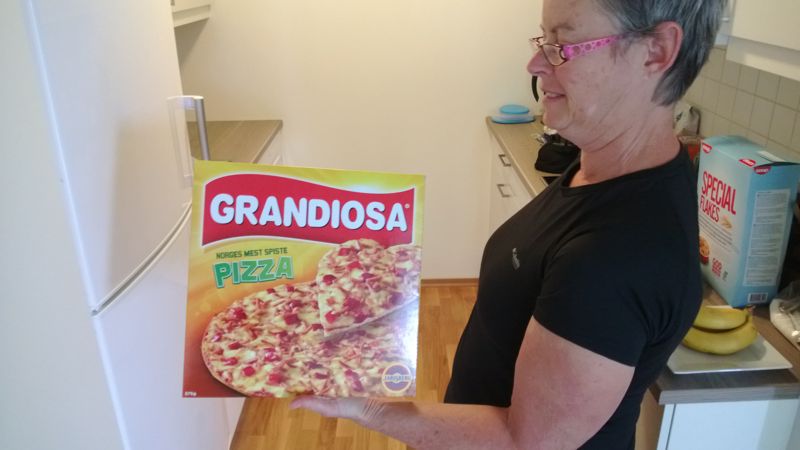Just some information on camping equipment we use that we find useful. Firstly our gasifying wood stove. Ours is a Woodgas Campstove, but there are several other brands of stove around. These stoves burn twigs and sticks (no bigger than your finger) very efficiently, and produce lots of heat from a very small amount of wood. It is about 8cm across and 15cm high and has a battery pack that takes 2 AA batteries. The battery pack drives a fan that circulates unburnt wood gas to make the burning more efficient. You just scout around for some twigs and with a few pieces of paper in a few minutes you have enough heat to cook with. We have used our stove now for nearly 40 camping nights including hiking the Larapinta trail. We have a MSR stove that burns multiple fuels and is very good, but suffers from the problem that it is very difficult to take on planes. There are rules that allow fuel stoves on planes, but they are getting tighter (Qantas wants you to to request written permission in advance now to take a fuel stove on a plane).
The gasifying wood stove is not a problem on planes because the fuel is wood, and you don’t take that on the plane, its just a metal cylinder with a battery pack and an electric fan, perfectly safe. We have had some problems in the extreme north with finding enough dry wood, but with hindsight we could have collected some along the way, it would have taken little room. We also tried using BBQ briquettes, but found they didn’t really burn hot enough.
Having a stove means we can self-cater, buying food cheaply from supermarkets and cooking it on our wood stove, and not have to pay to eat out at restaurants (especially in expensive Scandinavia).
Secondly our next item of essential equipment is our Coleman fridge. This fridge is not very large and uses the piezzo effect cooling, so it only cools relative to the surrounding environment (when its hot it struggles more). However it is light, and small enough to take on the plane as carry on luggage. It plugs into a cigarette lighter socket, and means we can carry milk, meat, and other things saving money. An Australian 4WD camper would scoff at the Coleman fridge and they would prefer a proper fridge like an Engel (which we also have). However an Engel is very heavy (never get it on a plane) and large (never fit it in the back of a small hire car), and expensive. Our coleman fridge cost us $60 at Walmart in the USA (there are other similar fridges around). We even have a 240v/12V adaptor so we can run the fridge in a hotel room if there is no fridge.
Thirdly our 10 litre Kitchen sink. We have a smaller 5 litre one, but our 10 litre sea to summit kitchen sink is great. We bought it for the Camino Portuguese to use it to soak our sore feet in. However it has many more uses. Washing up and carting water. It folds up into a little container.

